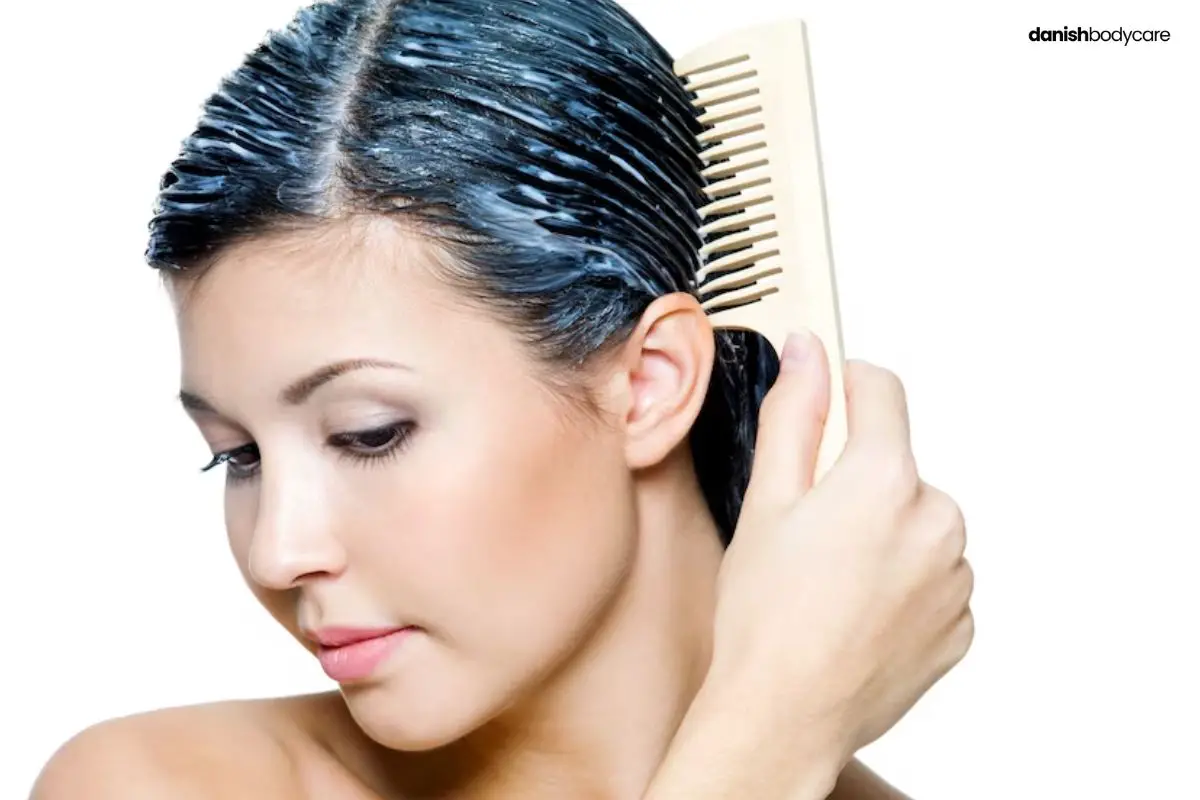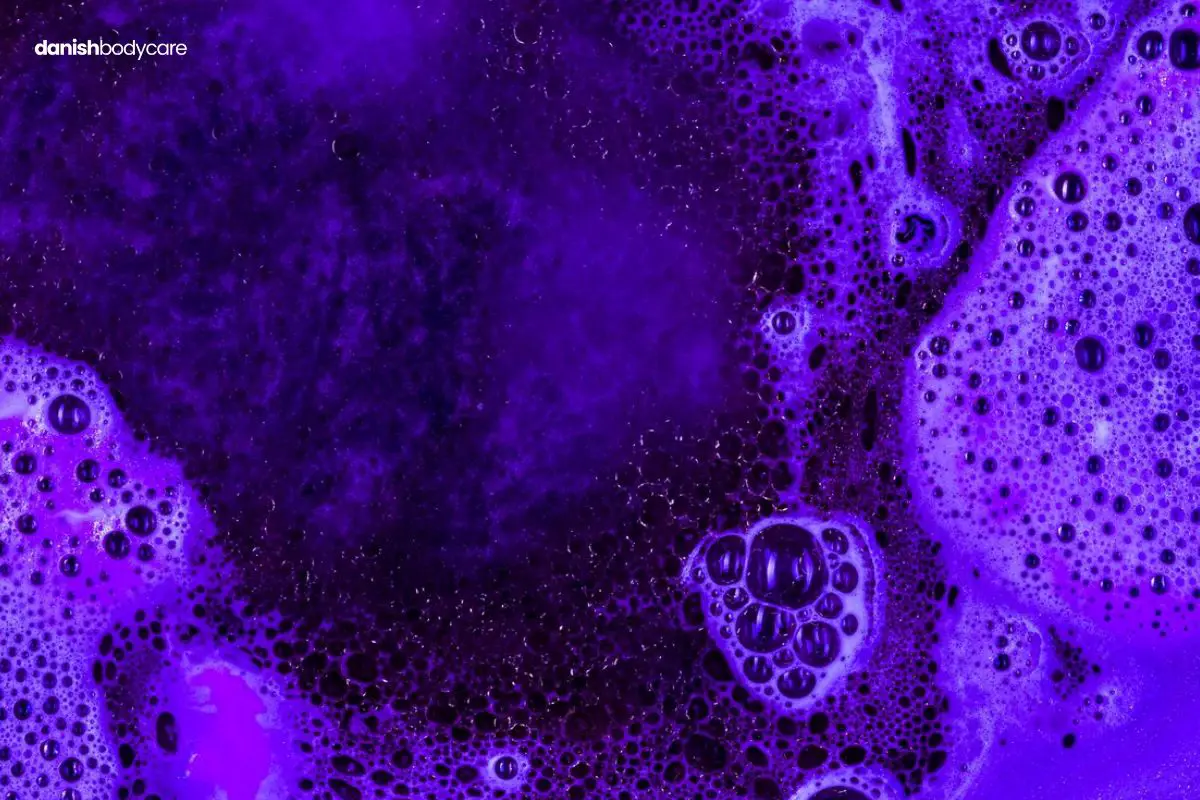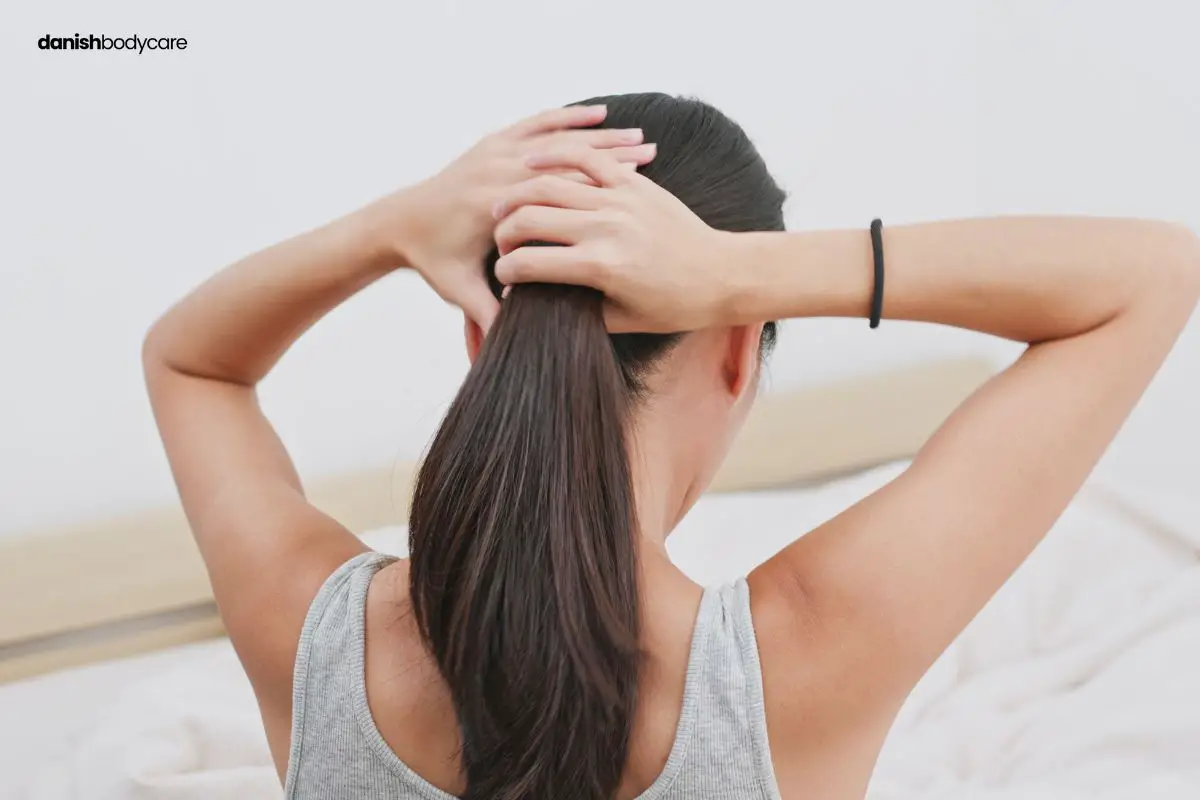Oils for low-porosity hair can transform your hair care routine. Low-porosity hair struggles to absorb moisture. This fact makes the right oils crucial.
Renowned hair stylist, Maria Sanchez, confirms: “Choosing the right oils can significantly enhance hair health, especially for low porosity types.”
Dive into our guide for essential oils that can unlock your hair’s true potential. Let’s help your hair flourish.
Best Oils for Low Porosity Hair
Discover our curated list of the best oils for low-porosity hair below. These selections will help you maintain healthy, nourished hair.

MAJESTIC PURE Avocado Oil
This versatile cold-pressed avocado oil is a must-try for nourishing low-porosity hair.
What we like
- Versatility and absorption
- Pure and natural ingredients
- Hydrating and nourishing properties
As someone with low porosity hair, you’ll appreciate how this oil penetrates and nourishes your locks. It leaves your locks soft and moisturized. The MAJESTIC PURE avocado oil is cold-pressed without any additives. This ensures that you get all the benefits this versatile oil has to offer.
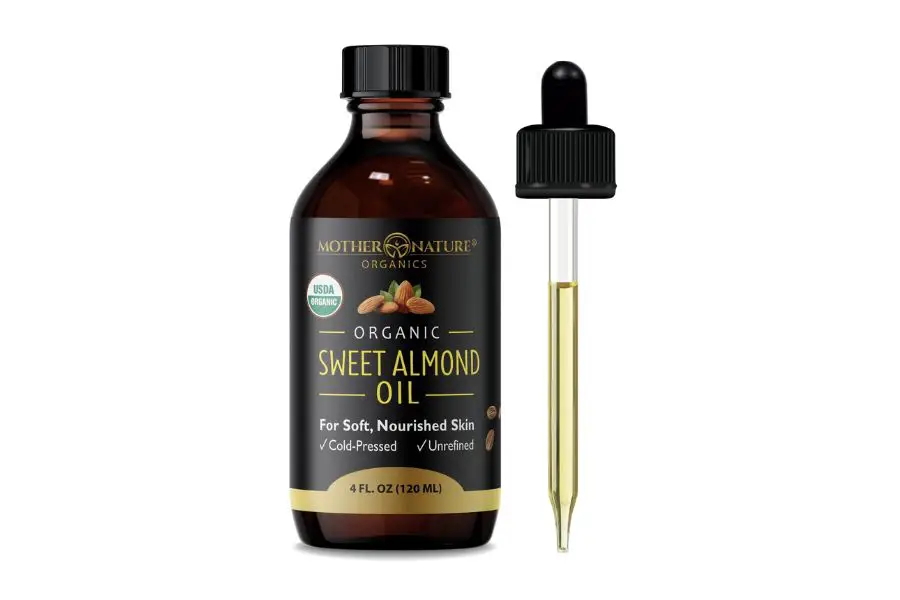
Mother Nature Organics Sweet Almond Oil
What we like
- Organic and cold-pressed
- Multipurpose for skin, hair, and nails
- Fast-absorbing and gentle on sensitive skin
Mother Nature Organics Sweet Almond Oil is a versatile product you can use for various purposes. It’s perfect for hydrating and moisturizing your skin, hair, and nails. With its high content of vitamins E and A, it helps rejuvenate and protect your skin from damage.
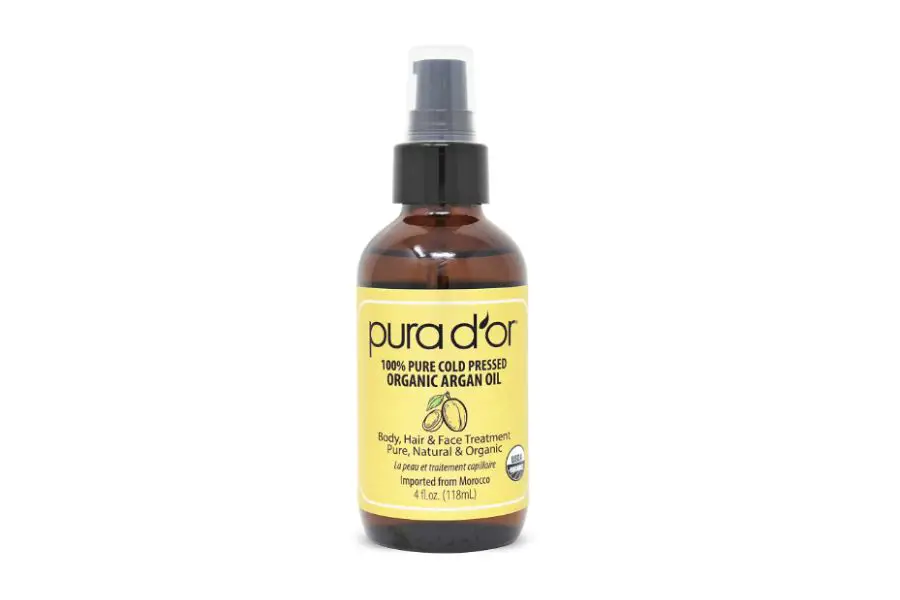
PURA D’OR Organic Moroccan Argan Oil
Consider this oil for its amazing benefits to hair without being too oily or clogging pores.
What we like
- Tames frizz and boosts hydration
- Anti-aging properties
- Non-comedogenic and versatile
PURA D’OR Argan Oil is a versatile moisturizer. It provides hydration and protection to your low-porosity hair. The oil seeps in, taming frizz without leaving a greasy residue. Its nourishing power also benefits your skin, reducing redness and irritation.
The USDA-certified organic label ensures its high quality. This makes it more expensive compared to other options. The pump dispenses a minimal amount, so you might need to pump many times for ample coverage. Some users have mentioned that the consistency can be a bit thick, but a little goes a long way.

Viva Naturals Almond Oil
The Viva Naturals Almond Oil is a versatile, nourishing choice for low-porosity hair.
What we like
- Lightweight and non-greasy
- Multipurpose for hair, skin, and DIY blends
- Nourishing and hydrating
Upon using the Viva Naturals Almond Oil, you’ll notice how lightweight and non-greasy it is. It works wonders as a moisturizer, leaving your skin feeling soft and hydrated. When applied to low-porosity hair, it nourishes and locks in moisture. This results in healthier and shinier locks.
As a carrier oil, it’s ideal for mixing with essential oils to create custom blends for your hair or massages.
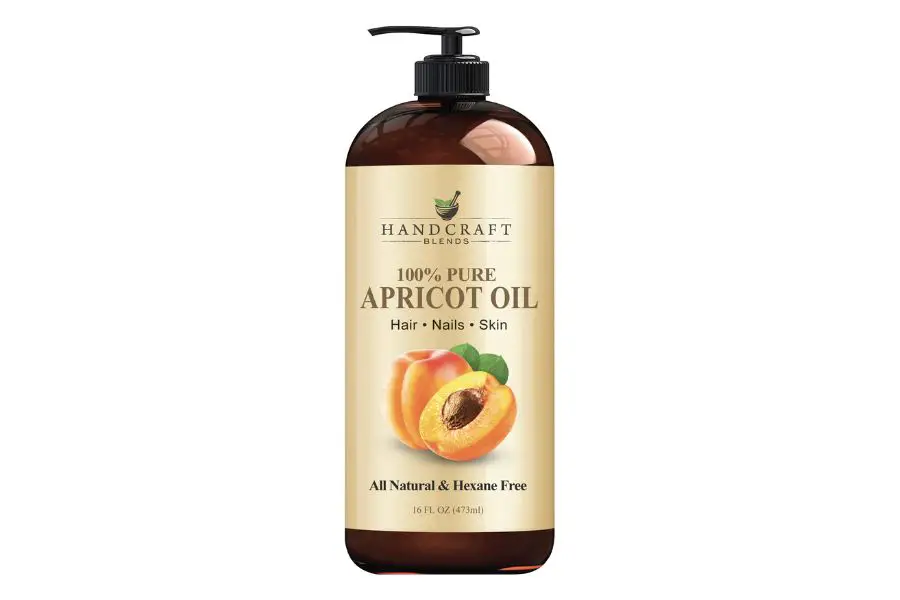
Handcraft Apricot Kernel Oil
Get healthier, hydrated hair and skin with Handcraft Apricot Kernel Oil. It is a perfect choice for low-porosity hair.
What we like
- Versatile and nourishing
- Great for hair and skin
- Affordable and efficient option
Handcraft Apricot Kernel Oil is your go-to solution for low-porosity hair care. You’ll notice your hair feeling more hydrated and healthier after regular use. The oil is easy to apply. It spreads well on hair and skin, and its nourishing properties last throughout the day.
What Is Low Porosity Hair?
Low-porosity hair has cuticles that are close together. This makes it difficult for moisture and nutrients to penetrate. It’s caused by factors like:
- Genetics,
- Environment
- Age
- Hormones
- Hair care
Your hair cuticles lay flat, preventing easy absorption of water and hair treatments.
Signs of Low Porosity Hair

You may wonder how to identify if you have low porosity hair. Here are the main characteristics of low-porosity hair:
| Characteristic | Description |
|---|---|
| Moisture Resistant | Low-porosity hair has flat and tight cuticles, making it hard to absorb moisture. |
| Long Drying Time | Due to moisture resistance, low-porosity hair takes longer to dry. |
| Product Buildup | Low-porosity hair experiences frequent product buildup. |
| Difficulty Absorbing Oils | Low-porosity hair struggles to absorb oils effectively. |
| Sensitive to Protein | Excessive protein can make low-porosity hair stiff or brittle. |
| Shiny But Often Dull and Frizzy | Low-porosity hair may appear shiny but can be dull and frizzy without moisture. |
| Resistant to Chemical Treatments | Low-porosity hair may be resistant to chemical treatments. |
| Feels Smooth But Can Be Rough and Dry | Low-porosity hair may feel smooth but can become rough and dry without moisture. |
| Less Elastic | Low-porosity hair has less elasticity, making it prone to breaking or snapping. |
| Prone to Tangles and Matting | Without enough moisture, low-porosity hair is prone to tangling and matting. |
| Floats in Water | Low-porosity hair is less likely to absorb water and floats in water. |
| Prone to Split Ends | Low-porosity hair is more prone to split ends. |
| Product Builds Up on Your Scalp with Ease | The scalp may accumulate product residue more easily in low-porosity hair. |
How to Choose Oils for Low-Porosity Hair
Here are the main characteristics of good oils for low-porosity hair:
- High in vitamins
- Rich in fatty acids
- Non-comedogenic
- Penetrating
- heat promoting
- Lightweight
- Moisture-promoting
- Humectant
- Sealent capabilities
1. High in Vitamins
Oils that are high in vitamins, like Vitamin E and Vitamin A, promote healthy hair growth.
They help to nourish your low-porosity hair and strengthen its structure. Look for oils rich in these nutrients.
2. Rich in Fatty Acids
Choose oils that are rich in fatty acids, like Omega-3 and Omega-6. These fatty acids help to nourish your hair, making it soft and shiny. They also help to protect your hair from damage.
3. Non-Comedogenic
Select oils that are non-comedogenic, meaning they won’t clog your hair follicles. This helps to prevent hair damage and promote healthy growth.
Examples of non-comedogenic oils are jojoba and argan oil.
4. Penetrating
Oils that penetrate the hair shaft are beneficial for low-porosity hair. This helps to maintain moisture levels and promote healthy hair growth.
Look for oils like coconut oil for their penetrating properties.
5. Heat-Promoting
Consider oils that promote heat to open hair cuticles, allowing them to absorb more moisture.
6. Lightweight
Choose lightweight oils that won’t weigh down your low-porosity hair.
Some examples include jojoba oil and grapeseed oil. These oils are with ease absorbed without leaving residue on your hair.
7. Moisture-Promoting
Oils that promote moisture are essential for low-porosity hair.
Such oils include avocado, jojoba, and shea. They help to ensure your hair stays hydrated and healthy.
8. Humectant
Humectants attract moisture to your hair. This is important for low-porosity hair that has difficulty retaining moisture.
Look for oils with humectant properties, like glycerine or lanolin.
9. Sealant Capabilities
Sealant oils are essential for locking moisture into your low-porosity hair. By sealing the hair cuticle, these oils help to prevent moisture loss.
Some examples are castor oil and olive oil.
Which Oil Is Best for Low Porosity Hair?
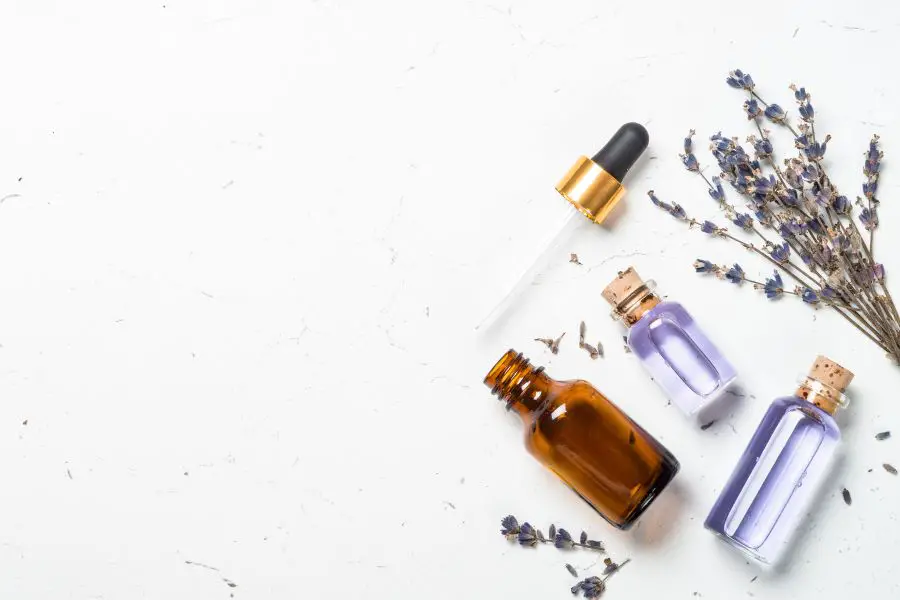
When it comes to low-porosity hair, lightweight oils are ideal. This is because they don’t weigh down your hair and help improve moisture retention.
Here are the best oils for low-porosity hair:
- Argan oil
- Jojoba oil
- Avocado oil
- Apricot oil
- Sesame oil
- Camelia oil
- Grapeseed oil
- Sweet almond oil
- Rosehip oil
1. Argan Oil
Argan oil is famous for its luxurious, moisturizing properties. Extracted from the argan tree in Morocco, it is rich in nutrients that nourish low-porosity hair.
Benefits:
- Softens and smooths hair
- Conditions and improves elasticity
- Reduces frizz and adds shine
2. Jojoba Oil
Jojoba is popular due to its moisturizing effects. It comes from the seeds of the Jojoba plant in North America. Its characteristics resemble our natural hair oil.
Benefits:
- Mimics natural hair oil
- Improves hair’s moisture retention
- Reduces breakage and strengthens strands
3. Avocado Oil
Avocado oil is a great choice for low-porosity hair. It has vitamins, minerals, and fatty acids that nourish your hair without weighing it down.
Benefits:
- Promotes healthy hair growth
- Enhances shine and softness
- Moisturizes and protects hair strands
4. Apricot Oil
Apricot oil is a versatile, lightweight oil absorbed well by low-porosity hair. It is particularly beneficial for dry, damaged hair.
Benefits:
- Boosts hair hydration
- Restores shine and softness
- Helps detangle and reduce frizz
5. Sesame Oil
Sesame oil is a great option for low-porosity hair. It penetrates the hair shaft with ease, providing nourishment and promoting healthy growth.
Benefits:
- Strengthens hair and prevents breakage
- Protects hair from environmental damage
- Adds natural shine and softness
6. Camelia Oil
Camelia oil comes from camellia seeds. It is a lightweight, well-absorbed oil perfect for low-porosity hair. It moisturizes and nourishes hair without weighing it down.
Benefits:
- Improves hair elasticity
- Softens and conditions
- Promotes a healthy scalp
7. Grapeseed Oil
Grapeseed oil is a light, well-absorbed oil that is rich in antioxidants. It doesn’t weigh down your hair and helps improve moisture retention.
Benefits:
- Strengthens hair strands
- Prevents breakage and split ends
- Helps keep moisture
8. Sweet Almond Oil
Sweet almond oil is a nourishing, lightweight oil known for its ability to penetrate the hair shaft and improve hair health.
Benefits:
- Softens and smooths strands
- Improves hair’s moisture retention
- Promotes healthy hair growth
9. Rosehip Oil
Rosehip oil is a lightweight oil loaded with essential fatty acids and antioxidants. It absorbs into low-porosity hair with ease.
Benefits:
- Boosts hydration and locks in moisture
- Enhances shine and softness
- Strengthens and repairs damaged hair
Ingredients to Avoid in Oils for Low Porosity Hair
Oils are a great solution for low-porosity hair, but some ingredients can make them bad. Here are the ingredients to avoid for low-porosity hair oil:
- Heavy oils
- Silicones
- Parabens
- Artificial dyes
- Sulfates
- Alcohol
- Phthalates
- Formaldehyde
- Propylene glycol
Heavy Oils
Avoid heavy oils like castor oil and Moroccan oil in your hair care routine. These oils can create residue, leading to build-up. This build-up can weigh down your low-porosity hair. Instead, opt for lighter oils like jojoba or grapeseed oil.
Silicones
Silicones can cause build-up and lock in chemicals in low-porosity hair. You should avoid silicone-based products and use alternatives containing natural ingredients. These moisturize your hair without causing problems.
Parabens
Parabens can be harmful and lead to buildup, so it’s best to avoid products with these ingredients. Look for paraben-free options when shopping for your hair care routine.
Artificial Dyes
Some hair products contain artificial dyes. This can cause irritation and damage to your hair. Focus on products with natural colorants like peppermint oil.
Sulfates
Sulfates are harsh chemicals often found in shampoos and conditioners. They can strip your low-porosity hair of necessary oils, causing dryness and damage. Opt for sulfate-free products to maintain your hair’s natural moisture.
Alcohol
Alcohol is a drying agent found in hair styling products. Using products with alcohol can lead to dryness and damage. This is not ideal for your low-porosity hair. Instead, choose alcohol-free alternatives.
Phthalates
Phthalates are chemicals that can disrupt hormones and cause other health concerns.
Formaldehyde
Formaldehyde is a harsh chemical found in some hair products and can cause irritation.
Propylene Glycol
Propylene Glycol can cause irritation and damage. Make sure to avoid products containing this ingredient.
Is Coconut Oil Good for Low Porosity Hair?
In the case of low-porosity hair, coconut oil might not be the best choice. Low porosity hair has bound cuticles that resist moisture penetration.
Coconut oil is a heavier oil and may sit on top of the hair rather than penetrate it. This can lead to product build-up, making the hair feel greasy and heavy.
Some people have found that coconut oil makes their low-porosity hair feel stiff or brittle. This is due to its high protein content.
Low porosity hair is often protein-sensitive. This means it can become overwhelming if there’s too much protein and not enough moisture.
Everyone’s hair is unique, and what works for one person might not work for another. It’s always best to do a patch test and see how your hair responds to different oils.
How To Use Low Porosity Hair Oils
To effectively use low-porosity hair oils, follow these simple steps:
- Opt for lightweight oils like jojoba oil, which resemble our natural hair oil.
- Start with freshly washed, damp hair. This will help open up the hair cuticles, allowing the oil to penetrate with ease.
- Since your hair is less porous, it’s important not to use too much oil. Start with a few drops and massage them into your hair and scalp.
- Heat your hair for a short period using a warm towel or a hair steamer. This will help the oil penetrate deeper into the hair shaft.
- Leave the oil in your hair for at least 30 minutes or even overnight for deeper penetration.
The key to using oils on low-porosity hair is to be patient and consistent in your routine.
Frequently Asked Questions
How often should I oil my low-porosity hair?
It’s best to oil your low-porosity hair 1-2 times per week. This helps maintain moisture without causing buildup. Remember to use lightweight oils.
Do I need to use a heat cap when deep conditioning low-porosity hair with oils?
Yes, using a heat cap while deep conditioning helps open your hair’s cuticles. This enables better absorption of the oils and increases moisture retention. Heat is important for low-porosity hair due to its compact cuticle structure.
How can I remove product buildup from my low-porosity hair?
To remove buildup from your low-porosity hair, use a gentle clarifying shampoo. Focus on the scalp and roots while massaging the shampoo in, then rinse. Do this once a month or as needed. It prevents buildup without stripping your hair of essential nutrients.




